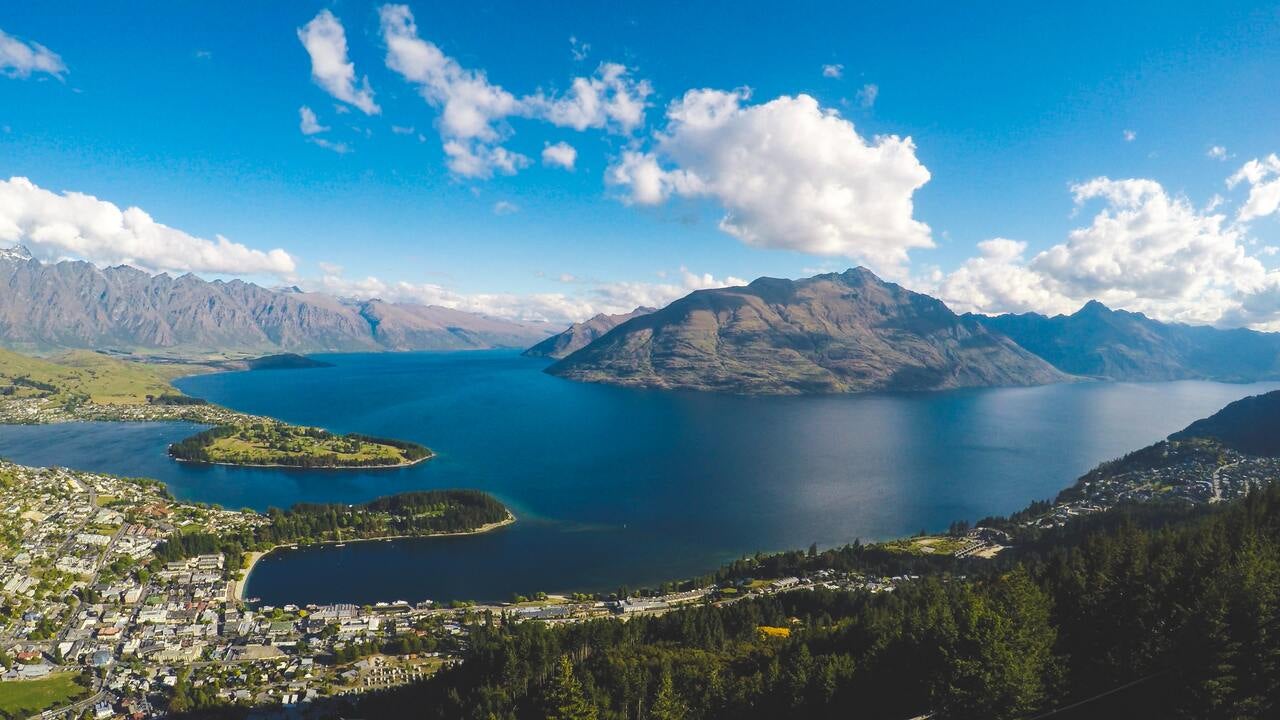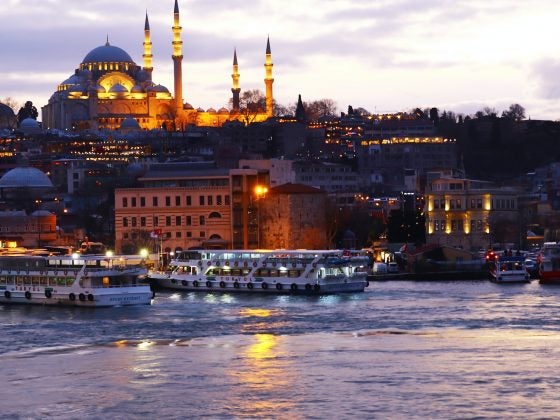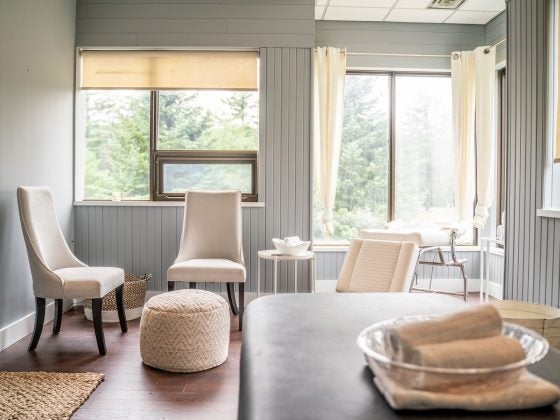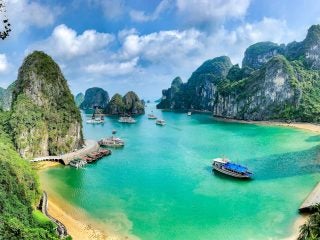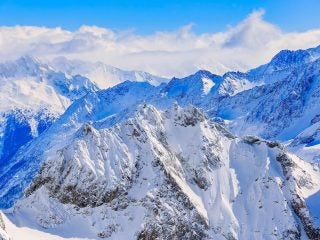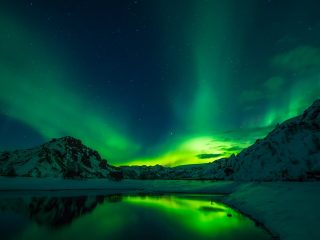New Zealand is a remarkable country with incredible nature. Being fairly remote in the southwestern Pacific Ocean, the country is made up of two main islands; North and South.
Tailor-made holidays can be bespoke to either the North or South Island, but it will depend on what you want to see and do. This article will break down what is on each one and their differences. Before heading off, though, it’s best to check the best time to travel to New Zealand.
North Island
The Northern Island is home to both the largest city in New Zealand, Auckland; and the capital city, Wellington. Both are waterfront, compact cities, although Auckland is significantly larger, with a population around 8 times as big. Both have many harbors and ports, making them perfect for boating holidays, whilst both also have an abundance of stunning beaches.
The northern island has more than just white sand beaches though, as it is rich in hot springs, geysers, and volcanoes, making it a very exotic and otherworldly landscape to explore. Its climate is also winterless, more so than the south, with average monthly temperatures above 15°C all year round, but reaching monthly averages of 24°C in their summer (January-March).
The north is also where you will find the Lord of the Rings filming locations – because… otherworldly – as well as Waitomo, which has glowworm caves. The north is also perfect for wine lovers (particularly Waiheke Island) and has a higher Maori population than the south, which is highly advised to learn about.
South Island
The southern island is home to Christchurch, its largest major city, but there are also several small-medium sized towns to such as Dunedin.
The southern climate is more akin to Britain than it is to Australia, but it’s not much colder than the north. With its slightly cooler climate, though, there are snowy mountains to be found along with huge glaciers and incredible alpine views. Again, don’t be tricked into thinking you’re going to be cold whilst missing out on the northern sunny beaches, the difference isn’t that big, but the winters are certainly snowier.
The highest peak to visit is Mt Cook, where Sir Edmund Hilary trained when preparing for Mt Everest. The largest glacier to visit is the Tasman Glacier, which a helicopter tour is the best way to experience. The south has a lot of wilderness and is fantastic for extreme sports and winter sports.
Which Island Should I Visit?
Fortunately, there’s no right or wrong island, no better or worse, and no right or wrong decision to make – they can be fairly similar at times in their New Zealand uniqueness.
Whilst both are otherworldly, the south’s landscape is more alpine and mountainous, whilst the north is more about stunning beaches and geothermal wonders.
If you’re into beaches, Maori culture, geothermal geography and/or city life, then the north may be for you.
If you’re into extreme adventures, winter sports, mountainous wilderness and lakeside tranquility, then head to the south.
However, you can still find some mountains (moreso volcanoes) in the north, as well as sunbathing on a beach in the south – and they’re also very close in proximity, making it easy to explore both.




